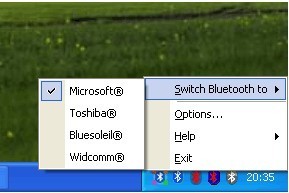

Bluetooth BR/EDR, the older standard, is still needed for higher data-rate or long-range applications. For example, a Jabra Sport Pulse can transfer heart rate data over Bluetooth LE and stream music over a BR/EDR profile. Hardware Offload (HCI): Microsoft defines vendor-specific HCI commands and events that are consumed by Windowsĭual mode support (except in Windows 10 Mobile): Dual mode support for Bluetooth BR/EDR and Bluetooth LE. Audio profiles differ in behavior between Windows 10 for Desktop editions (Home, Pro, Enterprise, and Education) and Windows 10 Mobile.Ĭompliant to the standard Bluetooth 4.1 (for all mandatory spec requirements, not for optional requirements)

Windows 10 for Desktop editions (Home, Pro, Enterprise, and Education)Ĭonverged Bluetooth Core stack. For power-efficient support for Bluetooth LE beacons and related scenarios, Microsoft recommends Bluetooth components capable of Hardware Offload and able to support the Microsoft-defined Host Controller Interface (HCI) extension.Īdditional features that were added after Windows 10, version 1507 are marked with their corresponding release number.

This is a list of features and recommendations for Bluetooth in Windows 10. In this article Features and Recommendations


 0 kommentar(er)
0 kommentar(er)
